According to the Content Marketing Institute’s 2020 B2B Content Marketing report, 48% of marketers want to focus on improving the quality and conversion of their audience. To do this, 39% will increase spending on B2B content creation. But will churning out as much content as humanly possible help achieve that goal? Not necessarily.
Producing X amount of posts a month may satisfy your goals on paper, but it often makes you prioritize getting work done over doing work well. When quantity overshadows quality, everyone loses. Your team works hard on content that doesn’t work, and the people you’re trying to connect with don’t get the content they deserve.
If you want your content to really succeed, you need to focus on giving people what they need. Translation: Focus on providing value.
Good B2B content is storytelling that piques people’s interest and pulls them in. Whether it provides insights, inspiration, or interesting ideas, it offers something meaningful. Of course, coming up with these types of content ideas can be a challenge, especially when you feel creatively tapped out.
Luckily, we can remedy that.
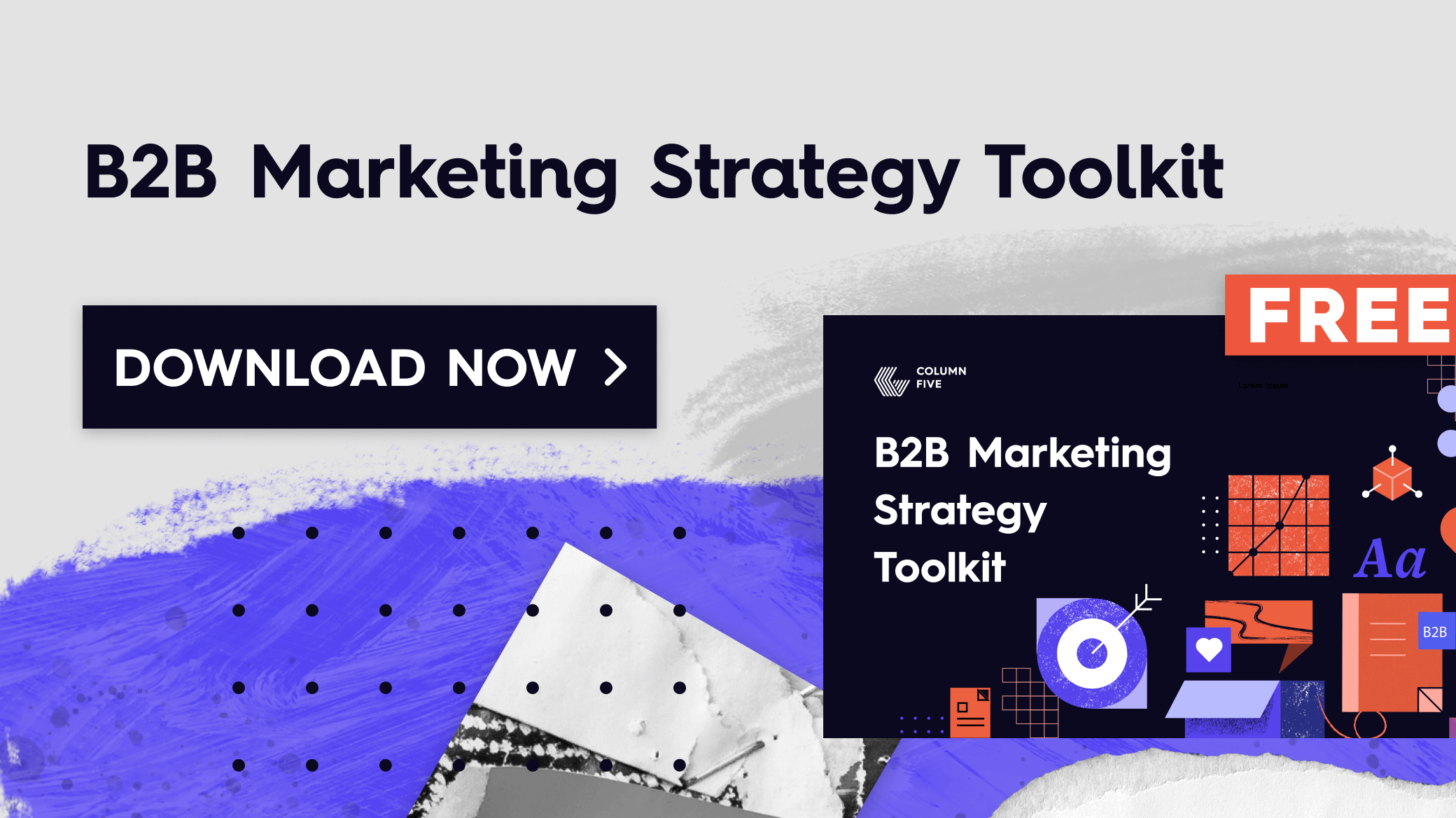
10 Ways to Come Up with High-Value B2B Content Ideas
Ultimately, people don’t care that you’re doing marketing. They care that you’re thinking about them. To create quality content that resonates, you need ideas that put people first. If you’re having trouble brainstorming, here are ten ways to find good ideas and jumpstart your creativity.
1) Say what’s not being said.
One of the biggest challenges B2B marketers face is standing out through content. But too often they write about the same things or mimic industry leaders and simply add to the noise. One smart way to remedy this is to fill in the messaging gaps around a subject, take a unique angle, or introduce an idea that others have overlooked.
How to Do It
You can still look to leaders for inspiration, but look in-between the lines. Read what others are writing in your space, and think of ways to fill in the narrative with different angles. Also, read the comments to see what people are thinking or wondering about. Their questions may inspire a great piece of B2B content.
You should also look for messaging gaps in your existing B2B content. Follow our guide to map your buyer’s journey and make sure you’re saying the right things at the right time.
Example: When we started to take on more brand strategy work, we couldn’t find a simple, flexible brand strategy framework anywhere on the Internet. That inspired us to make our own simplified guide to create a brand strategy, along with a free brand toolkit. It’s since become one of our top 5 most popular posts.
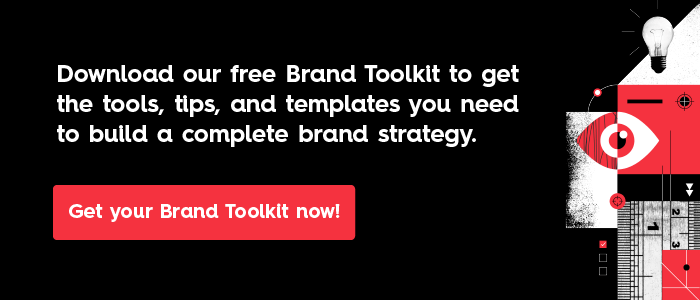
2) Update your most popular content.
Marketers often focus on generating more and more content, following what’s new, what’s trending, and what are others doing. This approach means you’re effectively creating content just to keep up with the Joneses. But, as we’ve discussed, content for the sake of content isn’t effective.
How to Do It
Audit your existing content. Identify what posts or pieces have been most successful, then ask yourself how you can make them better. Add additional information to your top-performing articles, create bigger pieces of B2B content (e.g., turn a post into an e-book), or produce sequels. This is a smart way to boost SEO on popular old blogs—and a great low-risk strategy to engage readers while capitalizing on previous successes.
You can also repurpose existing content by breaking it down into smaller pieces (e.g., infographics, mini-guides, or microcontent). For more ideas to do this, see our guide to creating divisible content.
Example: We turned a series of posts about brand video into The Content Marketer’s Guide to Brand Video, a comprehensive interactive e-book that covers everything you need to know about brand video. This was a great way to supplement existing content and create a valuable resource.
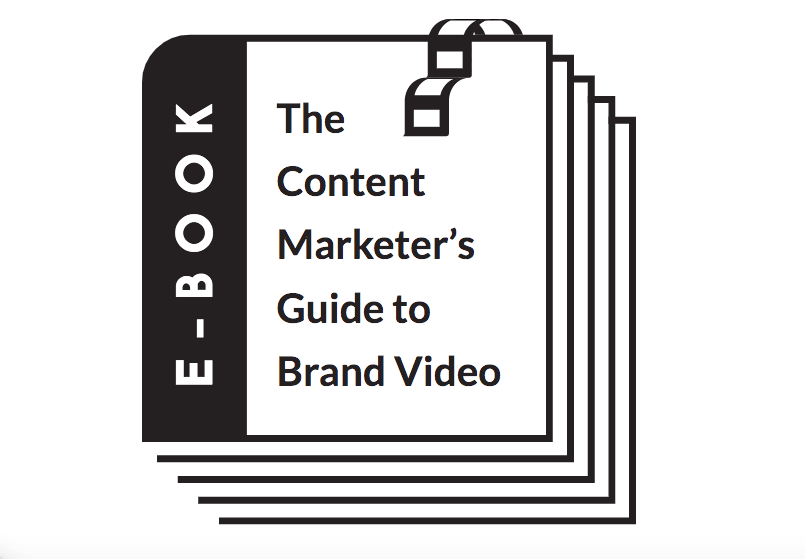
3) Ask people what they need.
The biggest mistake you can make in a brainstorm is asking, “What do we want to write about?” This is shortsighted because it doesn’t consider the people who will consume your content.
Additionally, it’s not enough to think about what people want. To deliver real value, you should be thinking about what people need.
How to Do It
The simplest way to know what people need is to go straight to the source. Ask them directly, or think about the questions they’re asking to you (and your competitors). Check the comments on your blog, your competitors’ blogs, or industry publications to uncover these questions, and talk to your sales team.
To engage people directly, ask questions via emails, calls, conferences, surveys, and meetings. Store this information to make sure your team has the latest insights. I personally use the Evernote app to keep track of notes from conversations with clients, and I share them at our bi-weekly content brainstorming sessions. These types of conversations are invaluable to help you generate great topics to cover from all angles.
If you haven’t already, create marketing personas to better understand the different types of people you’re creating content for. Personas are an especially helpful tool to vet your ideas going forward. You might also get inspiration from these great examples of empathetic content marketing.
Example: This handy infographic by Marketo helps marketers create the dedicated, well-balanced team crucial to any ABM strategy.

4) Share your wins.
This doesn’t mean you should brag about how great you are or how many awards you’ve won; it means that the insights and discoveries that have helped you can also help other people. Did you implement a new strategy to impressive success? Did you learn a helpful hack, workaround, or tip that made your life a lot easier? This type of knowledge is tremendously valuable to others.
How to Do It
Think about your recent successes, and consider how you might translate them into helpful content, such as guides, checklists, case studies, or templates. Just make sure you’re framing things in a constructive way. On that note, watch your tone; you want to be earnest and relatable—not condescending or self-important.
Example: We’ve written about the strategy we used to increase our leads 78% in 6 months, as well as the biggest lessons we’ve learned in creative work and our first decade in business.
5) Share your failures.
It’s natural to want to focus on your successes more than failures. Failure is humbling, but it’s part of what makes us human. For that reason, failure can be incredibly valuable if it teaches you something. As Nelson Mandela said, “I never lose. I either win or learn.”
How to Do It
Think about major challenges you’ve faced and how you’ve navigated them, or what you’ve learned from taking a risk that didn’t pay off the way you wanted it to. You don’t have to skewer yourself publicly. Just focus on the meaningful takeaways the experience gave you.
Example: To help others work more effectively, we’ve created content on how to avoid the biggest mistakes in everything from video, to content strategy, to brand identity.
6) Simplify an idea.
One of the biggest content marketing commandments should be “Respect thy readers’ time.”
It’s tempting to cram as much content into a piece as possible (with some vague goal of getting more bang for your buck), but when a message that can be communicated in 30 seconds takes 3 minutes or 3,000 words, you’re going to alienate people quickly.
Just because you can drone on and on about a topic doesn’t mean you should. (Think of those repetitive, long-form blog posts on Medium meant to showcase the author’s ability to use SAT words and semicolons.) This is self-satisfying, but it’s not necessary.
We are busy people living in a busy world, and the last thing someone needs is a brand creating more noise. Instead, think about how you can deliver information in a succinct package, simplify a complex idea, or make things easier for them to do. This is a valuable service in itself.
How to Do It
Look for ways to distill important information into an easily digestible piece of content. Present information in an intuitive way, making the most of headers, callouts, and tips—also, consider the format you’re presenting information in. Is it the type of format people are used to consuming? Is it optimized for the platform you’ll be sharing it on? For example, if you’re creating video content, are you keeping it within the proper time constraints? If you’re not sure which format you should use, here’s a helpful breakdown of the different formats of visual content.
Once you have the first draft of your content, infographic, or script, give it a second read to see what can be cut, condensed, or clarified.
Example: This simple explainer video by Visa explains how fingerprint technology works (and why it won’t work if your hand is wet), helping to break down a complex technology in under 3 minutes.
7) Create helpful tools and resources.
Giving people the knowledge to do something is helpful; giving them the tools and resources to do it is divine. (And, of course, gating these tools is also a great way to generate leads.) The good news is that this type of valuable content doesn’t have to take a ton of time to produce.
How to Do It
Think about the simple ways you can supplement your current content or provide a helpful resource. This can include things like:
If you have the resources, you can also create things like interactive reports or calculators.
Example: We helped video-conferencing platform Highfive create an interactive quiz to help people identify the ideal work style for their personality.
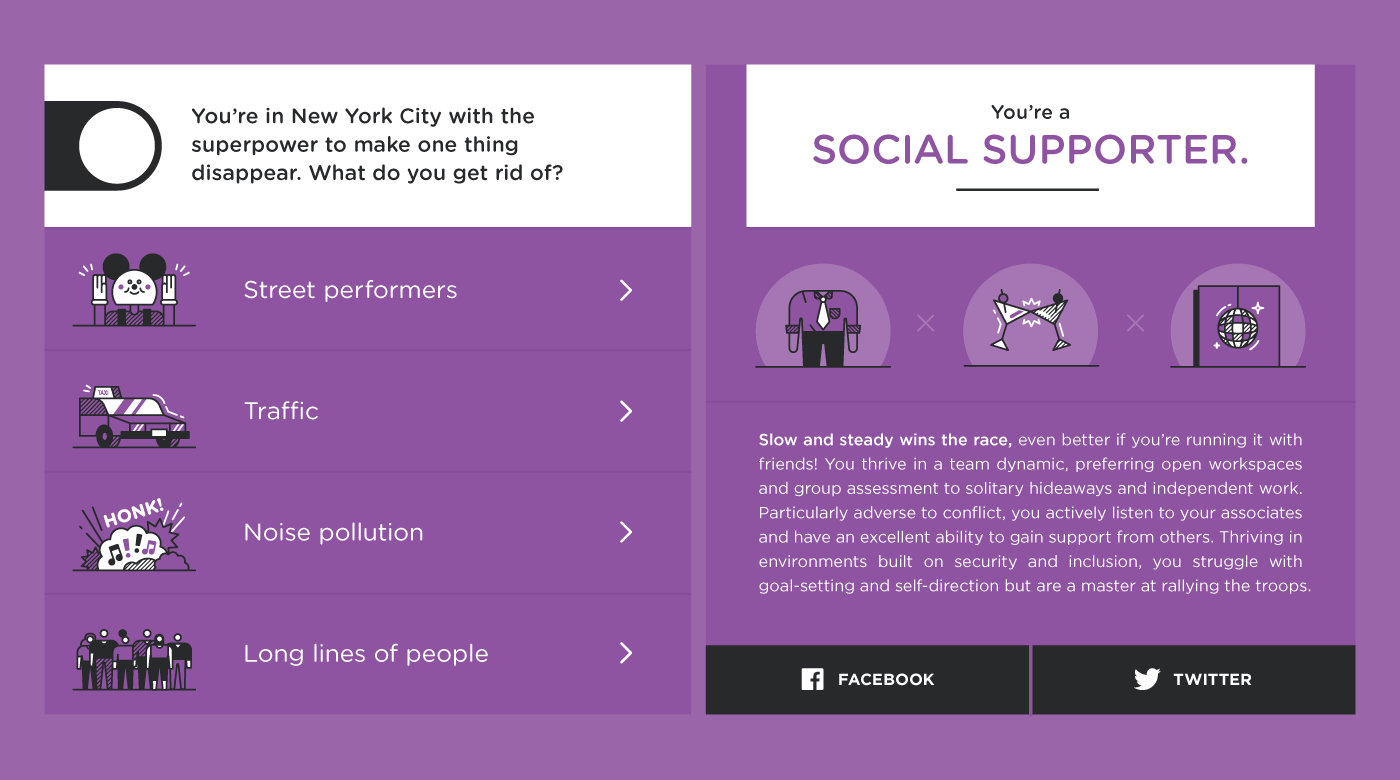
8) Dive into data.
Data can be a great source for storytelling, providing interesting, surprising, or even controversial insights. Luckily, you can find many great sources of data both inside and outside of your organization. Internal data is particularly useful, however, as it’s exclusive to your organization and can help you uncover truly unique and newsworthy stories.
How to Do It
Start with our tips to find data in your own organization, or check out these 100+ sources of credible data. Once you’ve found an interesting source (again, make sure it’s credible!), follow this guide to find the stories in your data and craft a compelling narrative. When you’re ready to bring that data to life, follow our guide to design your data correctly.
Example:With 167 million million members in the United States, 3 million monthly U.S. job postings, 20,000 companies, and 35,000 skills that workers can add to their profiles, LinkedIn has an especially unique insight into the state of the U.S. workforce. Each month, it uses this data to produce the high-value Workforce Report.

9) Listen to your fellow employees.
Your fellow employees have regular interactions with customers and are immersed in your brand and industry day in, day out. This gives them unique insight into the trends, challenges, or innovations in your business, all of which can be translated into compelling content.
How to Do It
Keep your ears open for interesting conversations or topics to explore. Interview your leadership, or ask your team for their best tips on a subject. The more you pay attention, the more you may find inspiration from even the most surprising sources within your company.
Example: One of our employees was once gifted an old cookbook by his grandmother, which turned out to be a unique piece of vintage content marketing: The Ford Times Traveler’s Cookbook from 1965. Knowing our team would be amused, he brought it to the office on a lark. While we did geek out over it, we also realized that it was still a relevant example of content marketing, so we turned it into a unique post: 7 Lessons in Branded Content from Ford—50 Years Ago.
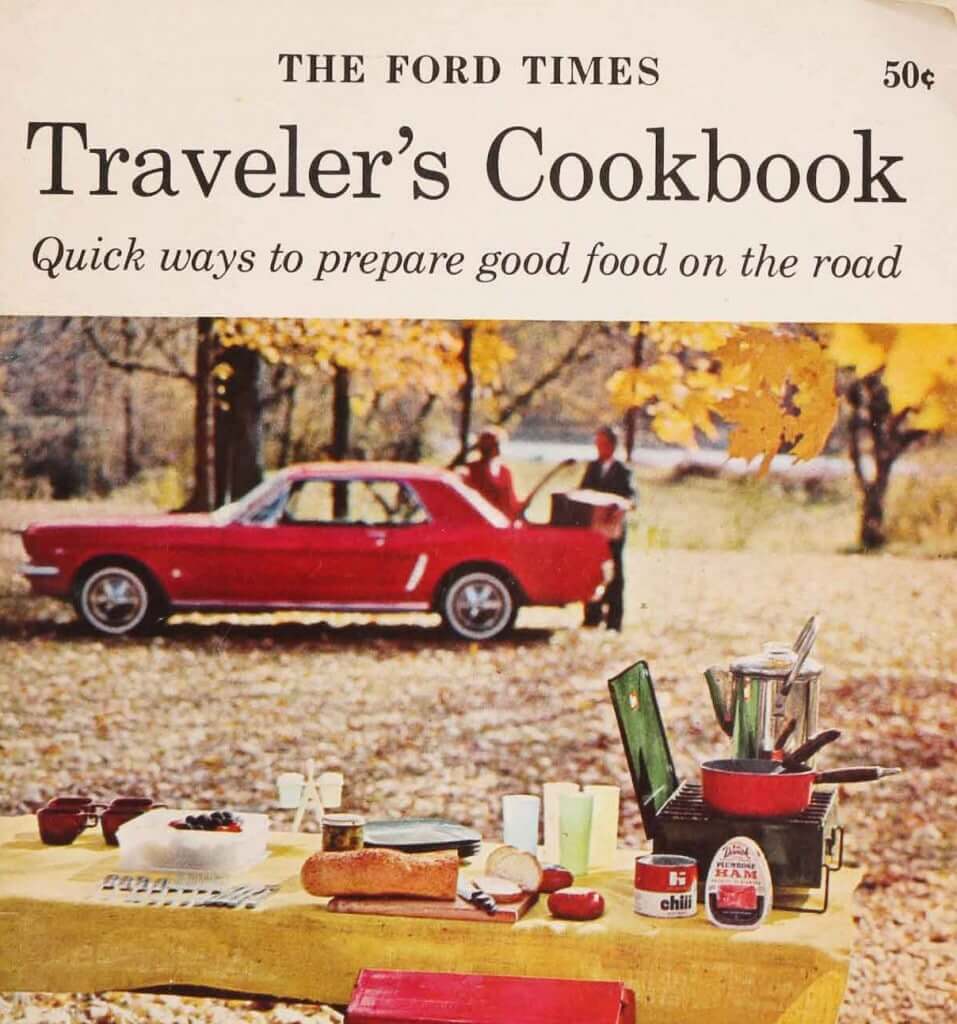
10) Show people who you are.
Talking about yourself may seem like navel-gazing, and it is. But people do want to support brands that align with their own values, so it is worthwhile to show people who you are and what you care about through content. If they believe in your brand’s values and respect the way you do business, they will be more trusting and open to building a relationship with you.
How to Do It
The key here is to show people who you are—not just tell them. This means you need to know who you are. Revisit your Brand Heart (aka your purpose, vision, mission, and values) and brainstorm B2B content ideas that reflect those core principles. (If you’ve never articulated these elements, download our free Brand Heart workbook.)
You can also look for opportunities to humanize your brand and pull back the curtain to spotlight your purpose, people, and practices. See our guide to culture marketing for more of these types of ideas, and get inspired by how other brands turn their values into unique content.
Example: One of our Five Columns is “Be Good to Each Other.” As such, we’re always thinking about ways we could use our creative skills to follow through on that idea. So, in honor of Women’s Health week, we decided to create the People for Periods interactive to destigmatize menstruation, as the stigma affects health, education, and quality of life for girls and women around the world.

Remember: Always Put Value First
Every aspect of your content marketing can be improved upon, from ideation, to headline titling, to promotion. So don’t fall into the “if it ain’t broke, don’t fix it” mentality. One of the best ways to keep yourself moving forward is to perform regular content audits or postmortems after a big piece has been completed (such as an e-book). These reviews will help you identify what did or didn’t work, improve your process, and refine your ideas.
Above all, focus on quality instead of quantity, and take inspiration in Dieter Rams’ quote: “Less, but better.”
If you need more inspiration or guidance on how to create a more effective content strategy.
- Follow our tips to document your content strategy, and make sure it’s aligned to your brand strategy.
- Use these content marketing prompts to brainstorm more valuable ideas.
- Expand your content’s reach by promoting content like a content agency.
- Find out how to structure a healthy content marketing mix.
- Avoid these common content creation mistakes.
- Look for efficient ways to improve your content creation process.
- Bookmark these 100 content marketing resources to work more efficiently.
- Try these fixes for your biggest content marketing problems.
And if you need a little one-on-one coaching or more ideas to streamline your content production, let’s chat. We’d love to help you tell your story.






Looking forward to your email.
Rachele